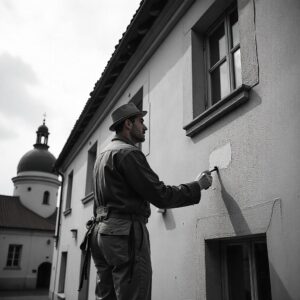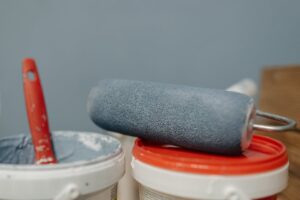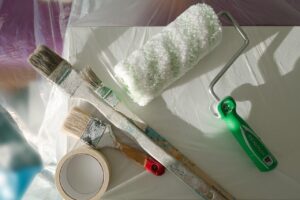
How to Paint Over Stains or Water Damage Properly
Water stains and discoloration can ruin a paint job if not treated correctly. This step-by-step guide explains how to permanently cover stains and water damage, prevent future problems, and achieve a flawless finish that lasts.




